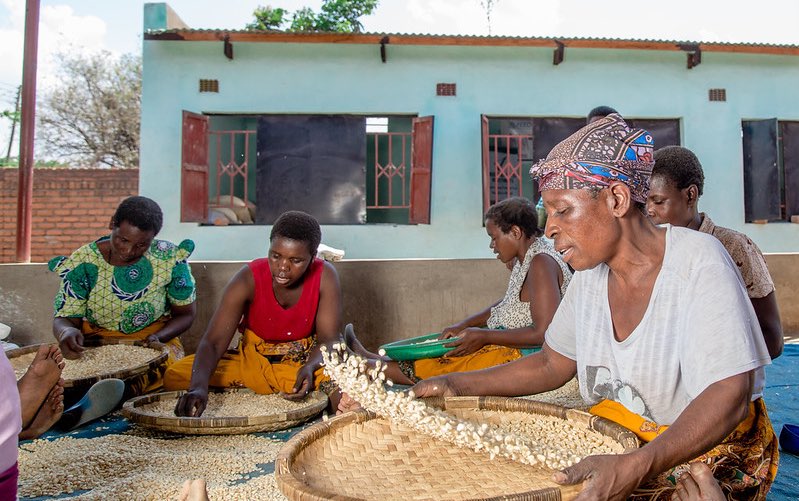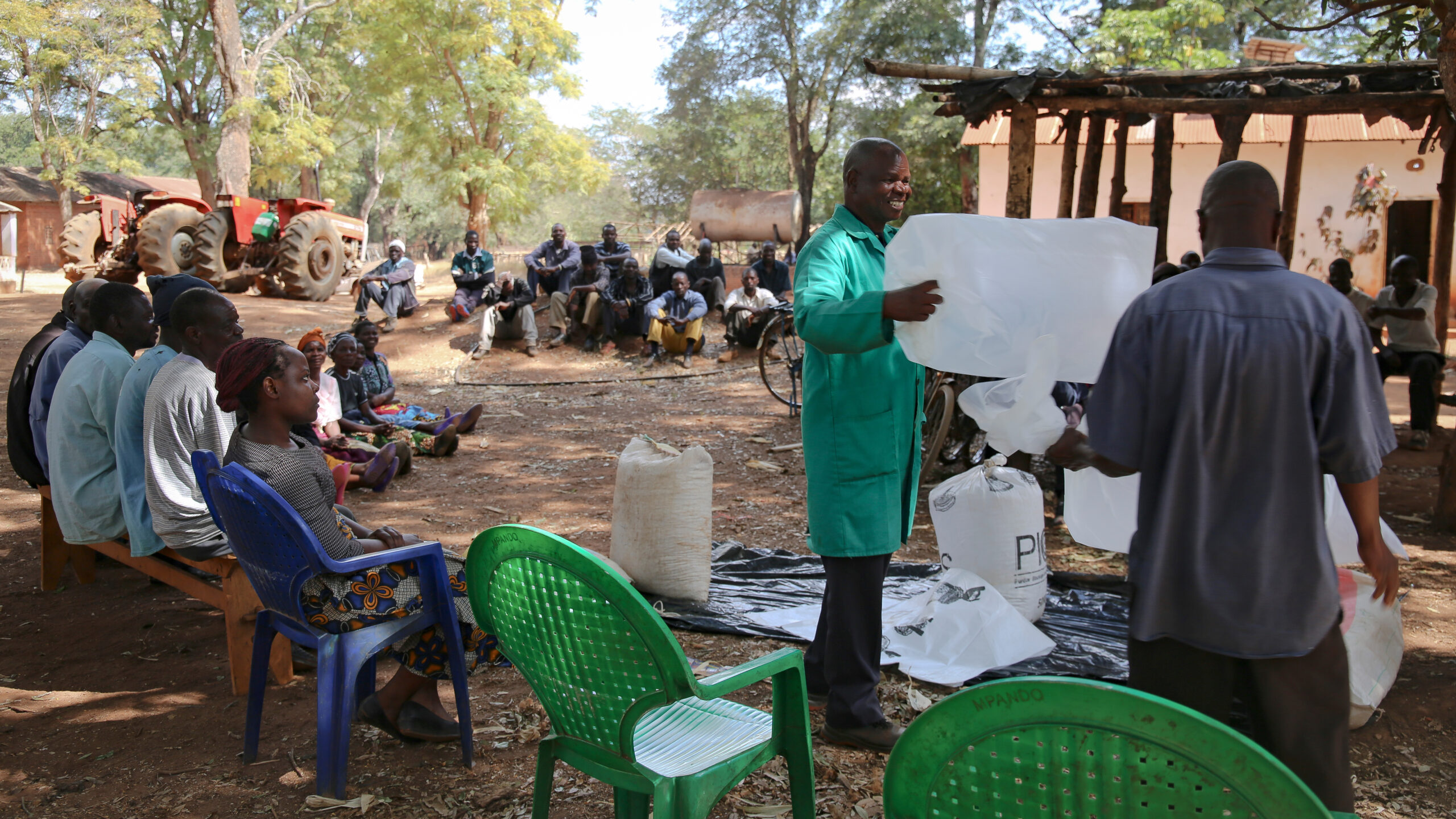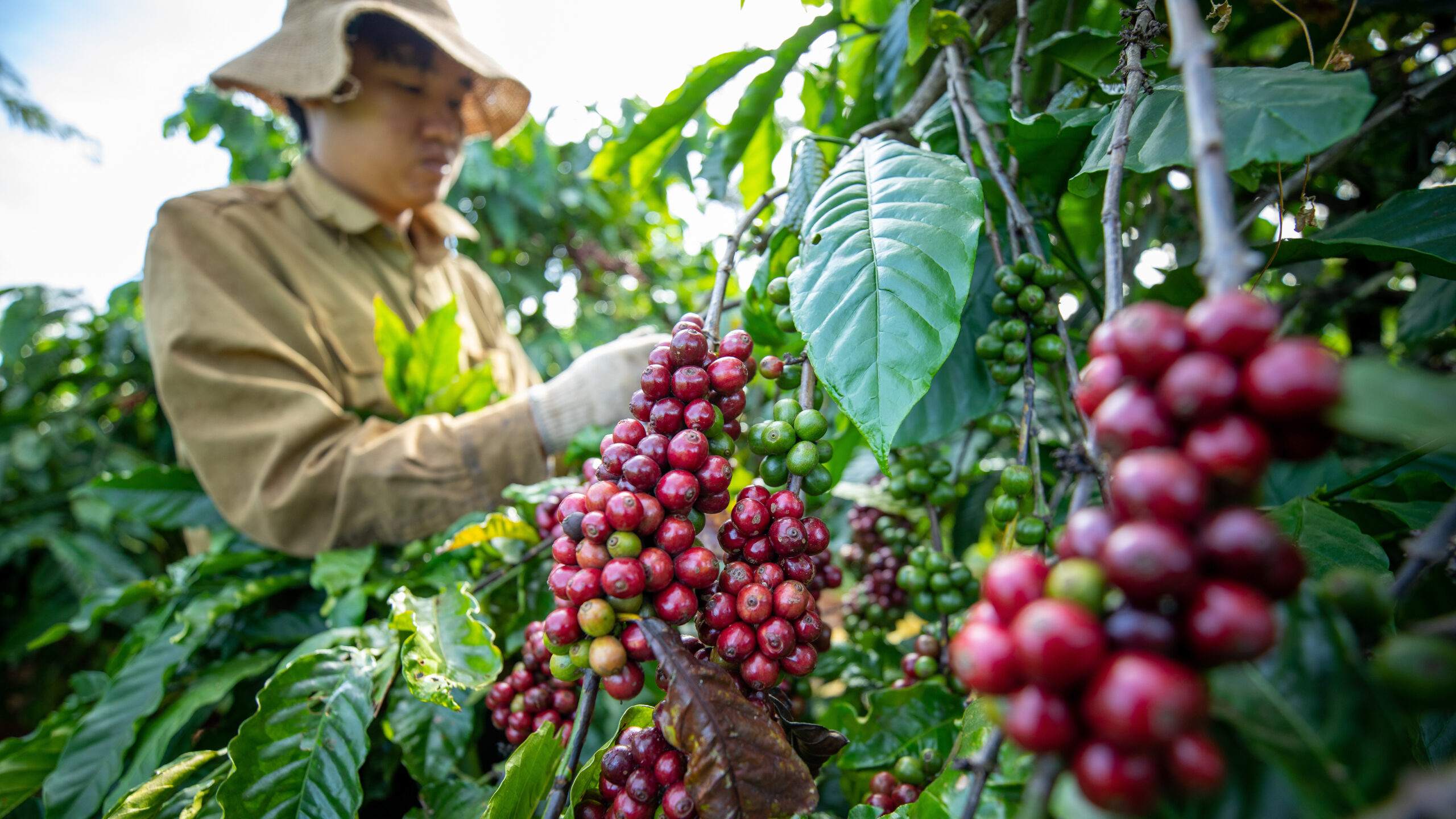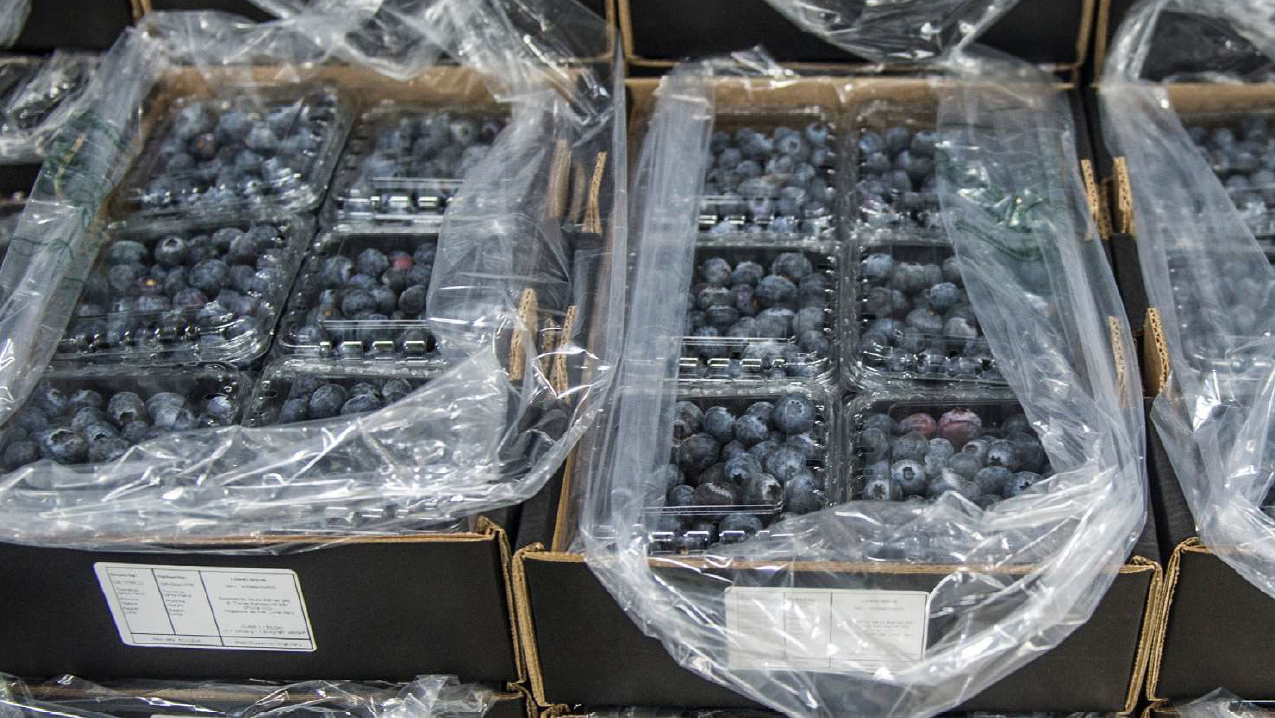Malawi is facing a severe drought crisis linked to the El Niño climate phenomenon. On March 23, President Lazarus Chakwera declared a state of disaster in 23 of Malawi’s 28 districts in anticipation of a poor harvest and appealed for more than $200 million in humanitarian assistance.
El Niño has brought about spells of dry weather across much of Southern Africa in recent months, leading to poor agronomic conditions in the current growing season and potentially severe impacts on harvests. In addition to Malawi, food crises are unfolding in neighboring Zambia and Zimbabwe, which have also declared national disasters. Poor El Niño-induced crop growing conditions are affecting harvests in other countries across the region, including Angola, Botswana, Madagascar, and Mozambique.
In our November 2023 policy brief, we noted that seven of the past 11 El Niño events had negative effects on agriculture in Malawi, causing an average 22.5% decline in maize production. The numbers mentioned by the president in his address suggest that the government is expecting losses of similar magnitude.
If those estimates are correct, the 2024 harvest will clearly not meet the country’s food needs for the remainder of the year. Now Malawi faces urgent questions: How large the gap will be, when food will start running out, for whom—and how best to close that gap.
Two recent El Niño events illustrate the danger ahead. In an average year not affected by El Niño, about 9% of Malawi’s population needs assistance during the lean season. That figure shot up to close to 40% following the 2005 and 2016 El Niño-affected harvests.
This year’s anticipated poor harvest will come at a time when household resilience has already been severely eroded over two years of compounding shocks. Currently, 4.4 million people in Malawi (22% of the population) and a further 18 million elsewhere in the region are experiencing crisis levels of food insecurity. Poor harvests at such a precarious time threaten to make the next lean season in 2024/25 exceptionally dire: More people than usual will require assistance for longer than usual. While President Chakwera’s estimate that 600,000 tons of maize will be required for lean season assistance may be on the higher side (it would feed 9 million people for six months), the requirement will certainly be larger than in recent years.
Three broad sets of strategies can help soften the blow: Irrigated winter crop production, food imports, and food or cash distribution during the coming lean season.
Irrigated production during the dry season (May-October) will be important—and should be a target for investment and other support. However, there are limits to what that can achieve in the short time before the onset of the lean season. Irrigation is not widespread, and most irrigated land is already used every dry season, so any additional maize grown on it will come at the expense of other crops. New irrigation schemes take years rather than months to build, and even refurbishing existing systems that have fallen into disrepair may be hard to achieve before winter. Existing irrigation schemes will almost certainly be unable to produce enough food to close the gap.
Thus it will be necessary to import more food. Allocating sufficient foreign exchange to pay for that is essential given Malawi’s persistent forex shortages, regardless of whether the imports are brought in by the government or by private traders. Such arrangements will be time sensitive. Maize prices in Malawi and elsewhere in the region typically fall during harvest and start rising again soon after the harvest ends. In past seasons, they typically bottomed out around the beginning of June—making this the best time to import maize. The longer imports are delayed, the costlier they will become. Unfortunately, the sustained decline that global maize prices experienced over the past 18 months is unlikely to make future imports cheaper. Global trade is dominated by yellow maize, while Malawi consumes white maize, which is mostly traded regionally.
El Niño is negatively affecting agricultural production throughout much of southern Africa, including the usual sources of Malawi’s maize imports, Zambia and Mozambique. While Tanzania and Kenya are expecting a bumper maize harvest thanks to El Niño, it is unlikely they will be able to make up for southern Africa’s entire production shortfall. This means imports will gradually become harder to secure, and if Malawi takes too long in making the necessary arrangements, there may be precious little maize left to buy in the region, regardless of available funding. Imports from other regions where El Niño may have improved growing conditions (Argentina, the United States, Ukraine) will require even longer lead times.
Thus it is essential to plan for imports now, even though the extent of need is not yet fully known. Some imports will almost certainly be necessary, and arrangements cannot wait until precise figures on agricultural production and household vulnerability become available. Funding of such imports should, however, remain flexible so that it can be redirected towards food assistance or cash transfers in support of food-insecure populations as needed, once the extent of the domestic shortage becomes clear and once imports close that gap.
Cash transfers can be used to help vulnerable households buy food, but only if food is available in local markets (which in turn depends on imports). If markets lack sufficient food, cash transfers will only push prices up, as consumers compete to purchase a scarce good.
Ensuring sufficient supply of food is the responsibility of the Agricultural Development and Marketing Corporation (ADMARC), which has the infrastructure to sell food previously purchased from Malawian smallholders or drawn from Malawi’s strategic grain reserve (SGR). The SGR is also the source of maize for in-kind lean season food distribution undertaken each year by the Department of Disaster Management Affairs (DoDMA). The SGR, administered by the National Food Reserve Agency (NFRA), is where food imports would most likely land if organized centrally. In such event, it would be quicker and perhaps more cost-effective for DoDMA to distribute them as in-kind support, rather than being sold by ADMARC. Under the latter option, the most destitute people will need a cash transfer before they are able to buy food from ADMARC, adding another logistical layer to the operation.
Here again, timely and flexible planning will be important, regardless of the chosen transfer modality. Chances are that humanitarian funding will trickle in gradually, that the final amount of available resources will only be known after the onset of the lean season—and that the amount will be lower than needed. Thus it is imperative to draw up plans now determining how to prioritize, identify, and reach aid recipients at different levels of funding. Waiting until all unknowns become known would be a recipe for a chaotic and ineffective response.
Jan Duchoslav is a Research Fellow with IFPRI’s Development Strategies and Governance (DSG) Unit, based in Lilongwe, Malawi; Joachim De Weerdt is a DSG Senior Research Fellow and leader of IFPRI’s Malawi Strategy Support Program, based in Lilongwe; Rodwell Mzonde was the Director of Agricultural Planning Services at the Malawi Ministry of Agriculture up until his retirement in March 2024. Opinions are the authors’.







